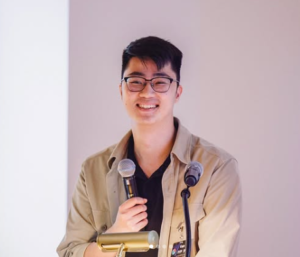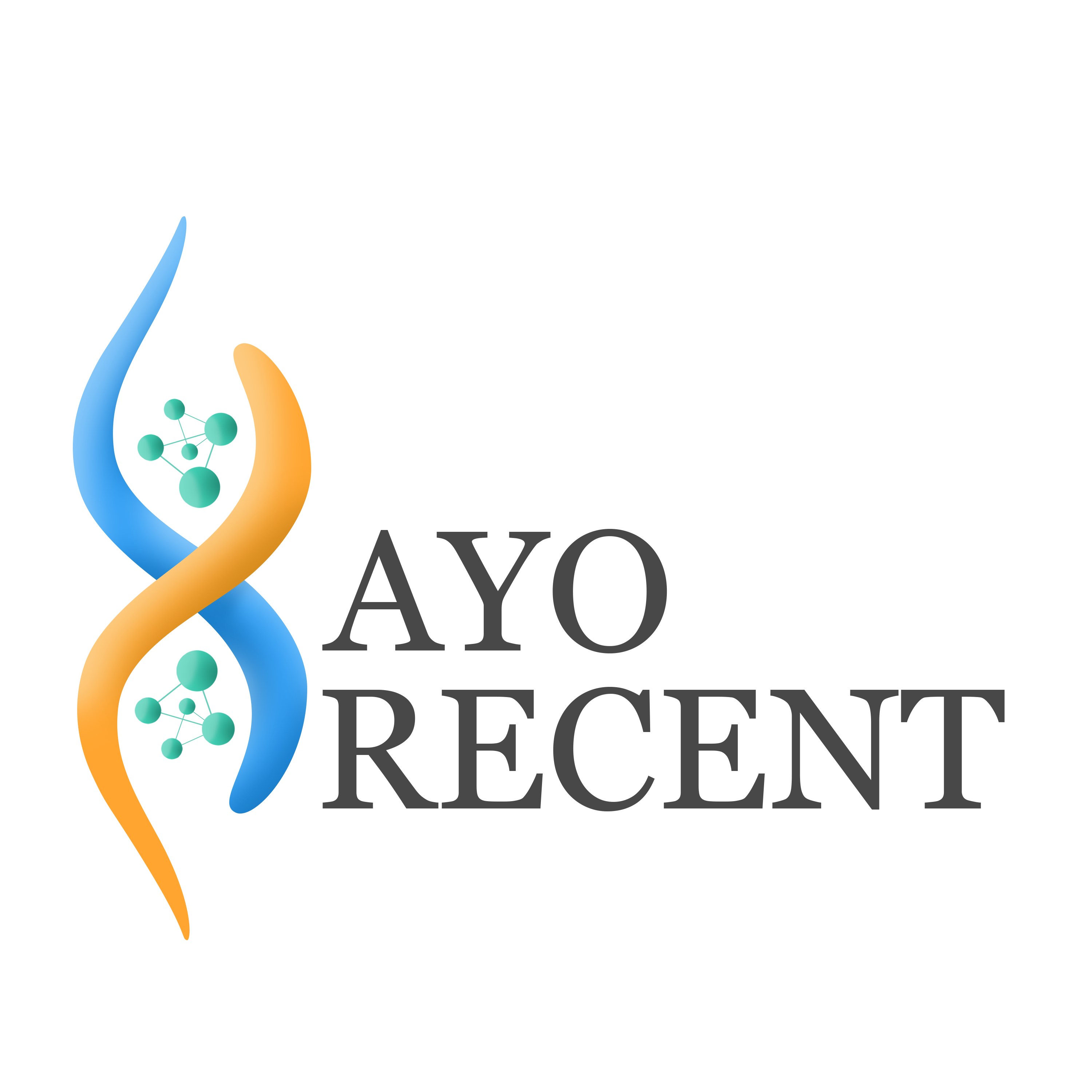In 2024, the ASEAN Youth Organization (AYO) was selected as a steering organisation for the OECD YOUNG Programmes, amplifying youth voices in global policy discussions. As part of our ongoing series on the OECD Youth Policy Toolkit, this article explores the Gatsby Benchmarks, a globally recognised framework for career guidance in schools.
Many young people in ASEAN have limited access to information about post-secondary education pathways. Gatsby Benchmark 7, Encounters with Further and Higher Education, offers a practical approach to bridging these information gaps and expanding opportunities beyond traditional university routes.
What Are the Gatsby Benchmarks?
The Gatsby Benchmarks provide a structured framework to improve career guidance in schools. Developed in the UK, they help students gain the knowledge, skills, and experiences needed to make informed decisions about their futures. The eight benchmarks are:
- A Stable Careers Programme – Schools should have a structured and well-communicated careers strategy.
- Learning from Career and Labour Market Information – Students should have access to up-to-date career and job market insights.
- Addressing the Needs of Each Pupil – Career guidance should be tailored to individual students’ aspirations and backgrounds.
- Linking Curriculum Learning to Careers – Classroom learning should be connected to real-world careers.
- Encounters with Employers and Employees – Students should engage with professionals from different industries.
- Experiences of Workplaces – Practical work experiences should help students understand the working environment.
- Encounters with Further and Higher Education – Students should have meaningful interactions with universities, colleges, and apprenticeship providers.
- Personal Guidance – Every student should receive one-on-one career advice from a trained professional.
What Is Gatsby Benchmark 7?
Encounters with Further and Higher Education ensures that all pupils understand the full range of learning opportunities available to them, including academic, technical, and vocational routes. These opportunities include learning in schools, colleges, universities, and workplaces.
Benchmark 7 Criteria for Schools
- By age 16, every pupil should have had a meaningful encounter* with a range of education providers, including sixth forms, colleges, universities, and apprenticeship providers. This should include opportunities to meet both staff and current students.
- By age 18, all students considering university should have participated in at least two visits to universities, engaging directly with staff and students.
* A meaningful encounter is one where students actively explore what it is like to study in that environment.
Providing Equal Exposure to Different Education Pathways
Schools that fully implement Benchmark 7 ensure students are aware of the full spectrum of post-secondary options, including:
- Sixth forms and colleges
- Universities (local and international)
- Vocational and technical training institutions
- Apprenticeships and industry training centres
With ongoing reforms in technical education, it is more important than ever for students to receive impartial advice on all available pathways. Ensuring that technical and vocational education is given equal weight to traditional academic routes is crucial for preparing young people for a rapidly changing job market.
Why Higher Education Awareness Matters in ASEAN
In many ASEAN countries, students receive guidance primarily on traditional university routes, with limited exposure to vocational or alternative training options. This results in several challenges:
- Narrow career choices – Many students follow university pathways by default, without considering other educational options that may better align with job market demands.
- Unequal access to opportunities – Rural students, first-generation learners, and low-income youth often lack the resources or information needed to explore higher education and vocational training options.
- High dropout rates and mismatched skills – Without a clear understanding of available education and career pathways, some students struggle to find the right fit, leading to high dropout rates or misalignment with labour market needs.
Implementing Benchmark 7 in ASEAN schools could help bridge these gaps by ensuring all students—regardless of background—are exposed to a variety of post-secondary opportunities.
How ASEAN Can Implement Benchmark 7
- Expand University and TVET Outreach in Schools
- Establish formal partnerships between schools and education providers, ensuring all students have access to a variety of pathways.
- Encourage vocational and technical colleges to conduct outreach, helping students explore alternative career routes.
- Increase Funding for Student Exposure Programmes
- Provide scholarships and financial aid for students from low-income backgrounds to attend campus visits, career fairs, and mentorship programmes.
- Develop government-supported virtual platforms that allow students in rural areas to connect with universities and training providers online.
- Strengthen Parental and Community Involvement
- Parents play a major role in influencing career choices. Engaging them in the process can help challenge misconceptions about different education pathways.
- Schools can organise career awareness events that include parents and local community leaders.
- Use Data to Improve Career Guidance
- Schools and policymakers should track student career choices and education pathways to identify gaps and areas needing support.
- For example, if a school finds that most students apply only to local universities, targeted interventions can introduce a wider variety of options.
Conclusion: A Call to Action for ASEAN Policymakers
Equipping young people with the right information and experiences is essential for ensuring equal access to education and career opportunities.
By adopting Gatsby Benchmark 7, ASEAN can:
- Improve student exposure to diverse education pathways.
- Reduce barriers to higher education and vocational training.
- Help young people make informed and confident career choices.
The OECD Youth Policy Toolkit and the Gatsby Benchmarks offer practical solutions that ASEAN governments can use to create inclusive career guidance systems that prepare students for a dynamic and evolving job market.

Sarah Lean
Head of International Policy Engagement, AYO recent

Cameron Tan
Director of Research, AYO Recent
About the Author
In 2024, the ASEAN Youth Organization (AYO) was selected as a steering organization for the OECD YOUNG Programs, amplifying youth voices in global policy discussions. As part of our ongoing series on the OECD Youth Policy Toolkit, this article focuses on the Gatsby Benchmarks under Pillar II – Skills and Competencies, which addresses how governments can equip young people with the education, training, and career guidance they need to thrive in a changing world.
This article was prepared by the ASEAN Youth Organization Research Centre: Sarah Lean, Head of International Policy Engagement, and Cameron Tan, Director of Research. While the Toolkit itself was developed by the OECD, this article aims to make its key messages accessible to Southeast Asian youths. It reflects AYO’s mission to empower young people with knowledge and tools to shape their future.
